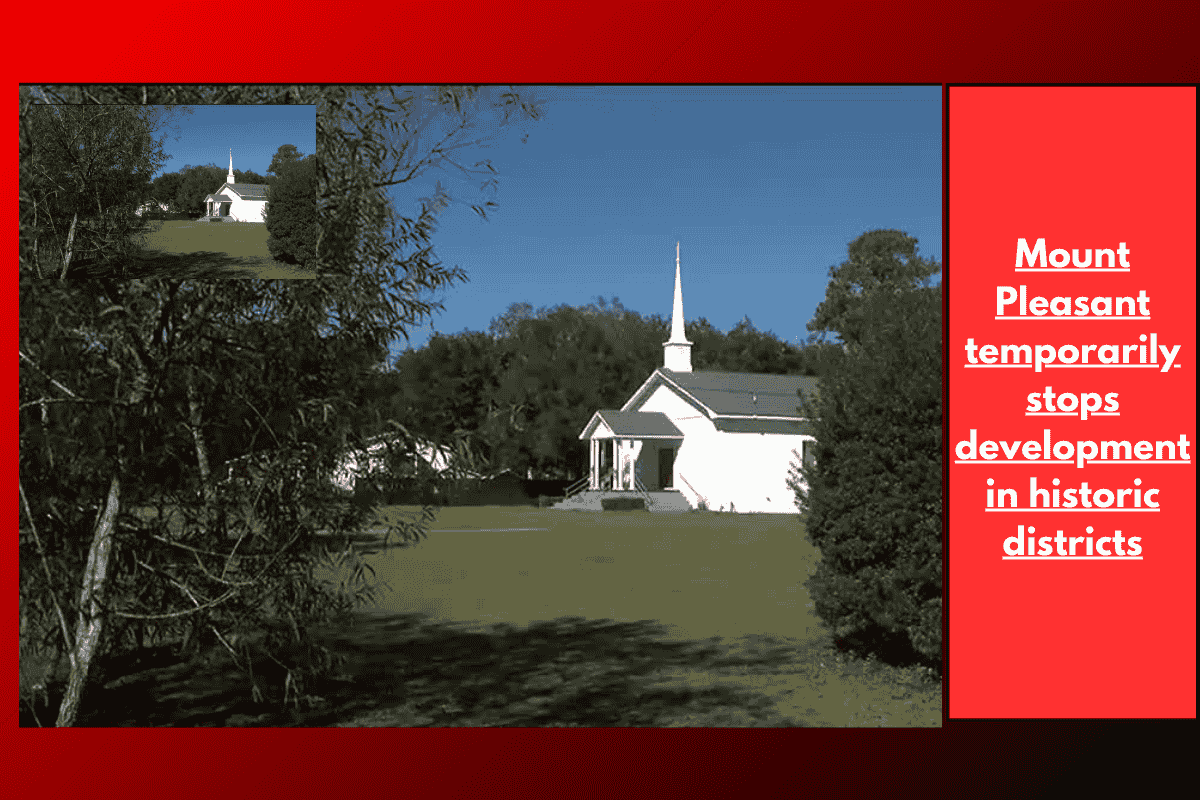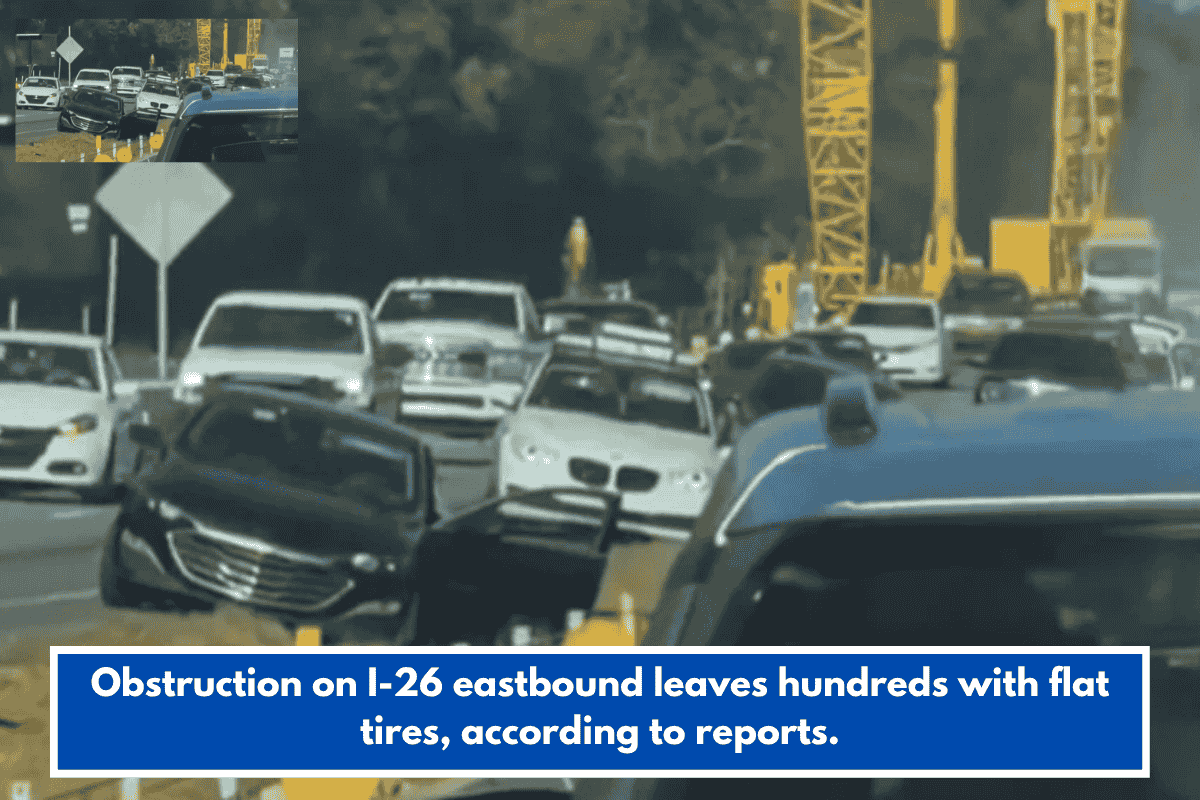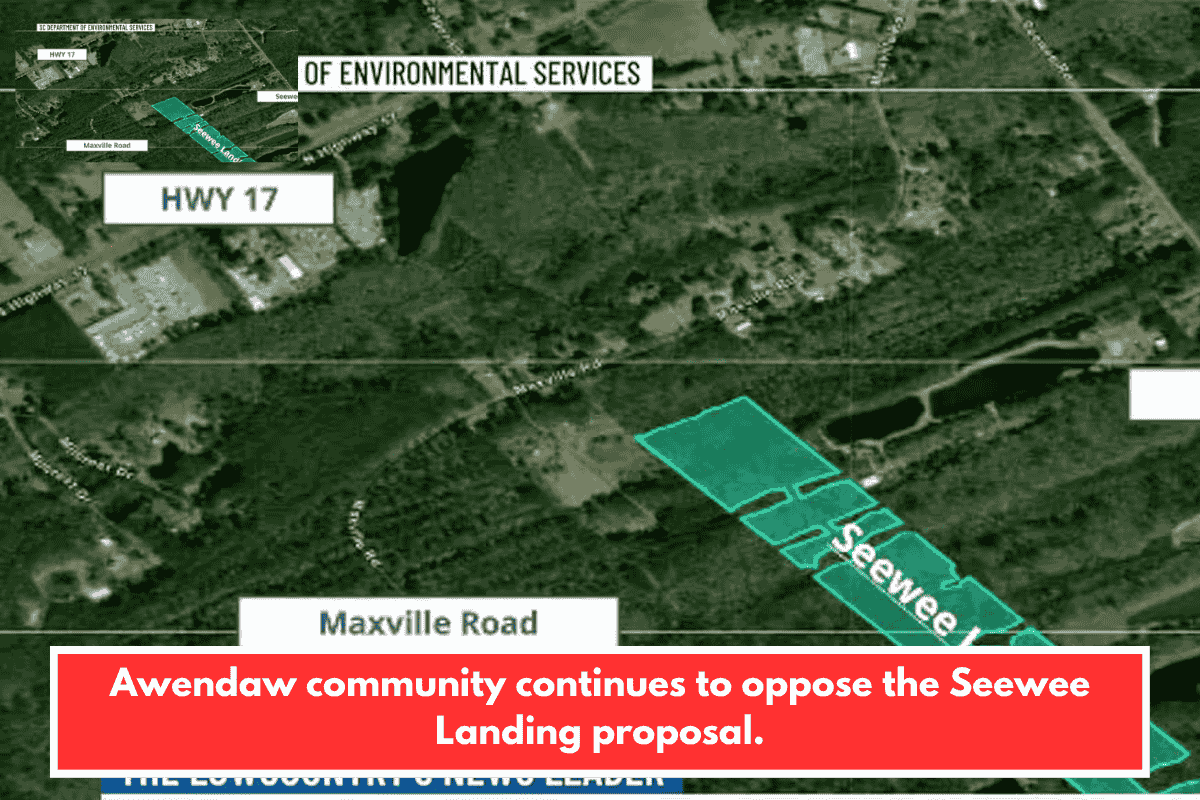The town of Mount Pleasant has introduced a temporary moratorium on accepting and processing major subdivisions in Charleston County Historic Districts. This new measure comes as part of a broader effort to protect the historic settlement communities near the town from uncontrolled development.
Historic Settlement Communities in Mount Pleasant
Since Charleston County started recognizing Historic Settlement Communities, three of these communities—Ten Mile, Phillips, and Hamlin Beach—have been established near Mount Pleasant. These areas, now recognized as Historic Districts, receive increased protections to maintain the existing landscape and avoid unwanted development.
While these communities are technically in unincorporated county land, they are located near the edge of Mount Pleasant, which has led to concerns that they might eventually be developed under the town’s rules instead of county regulations.
The Purpose of the Moratorium
The new ordinance aims to close what some officials saw as a loophole. Previously, landowners in these historic areas could annex into Mount Pleasant and apply for development approval under the town’s rules, which are often more flexible than county regulations.
Mayor Will Haynie explained that the moratorium ensures this loop hole is closed, preventing landowners from bypassing county restrictions by becoming part of the town. The moratorium applies to recently annexed land that was previously in a historic district.
“We did run into a situation where there was an incentive to annex into the town to avoid the county’s moratorium and build large subdivisions in these historic areas,” Haynie said. “So, we passed a matching ordinance to align with the county’s moratorium.”
Duration of the Moratorium
The moratorium will remain in place until July 23, 2026, both for Mount Pleasant and Charleston County. The measure is designed to give both municipalities time to assess the situation and develop a comprehensive plan for the future of these historic communities.
Haynie also pointed out that what happens in these communities, even if they are outside of the town limits, still affects Mount Pleasant. The town bears the impact of additional traffic, runoff, and population growth, without having control over the development or receiving tax benefits from it.
“We didn’t want to create an artificial reason for people to annex into the town just to be able to develop,” Haynie said.
A Thoughtful and Responsible Approach
The mayor emphasized that the moratorium allows the town to pause and consider its future plans carefully. “Moratoriums are a way to get your plans and zoning together,” Haynie said. “They don’t last forever, but they allow you to put protections in place to safeguard what you want.”
Councilman Mike Tinkey supported the moratorium, agreeing that it’s important to listen to the needs of the community. “It’s really important to know what their needs are because they have special needs. They also have a special fabric of our community, heritage, and culture,” he said.
Tinkey also plans to attend a community meeting in Ten Mile, where local residents will share their vision for the future of their community with county and town leaders.
Definition of Major Subdivisions
The moratorium applies specifically to major subdivisions, which, as defined by the county, are subdivisions larger than minor subdivisions. A minor subdivision refers to properties divided into four or fewer lots, while major subdivisions involve larger land divisions.
Mayor Haynie believes the moratorium is a common-sense management tool that will provide the county and town with time to plan for future developments responsibly. The goal is to assess what the people in the historic communities and the town want, ensuring that new developments respect the area’s history and character.









